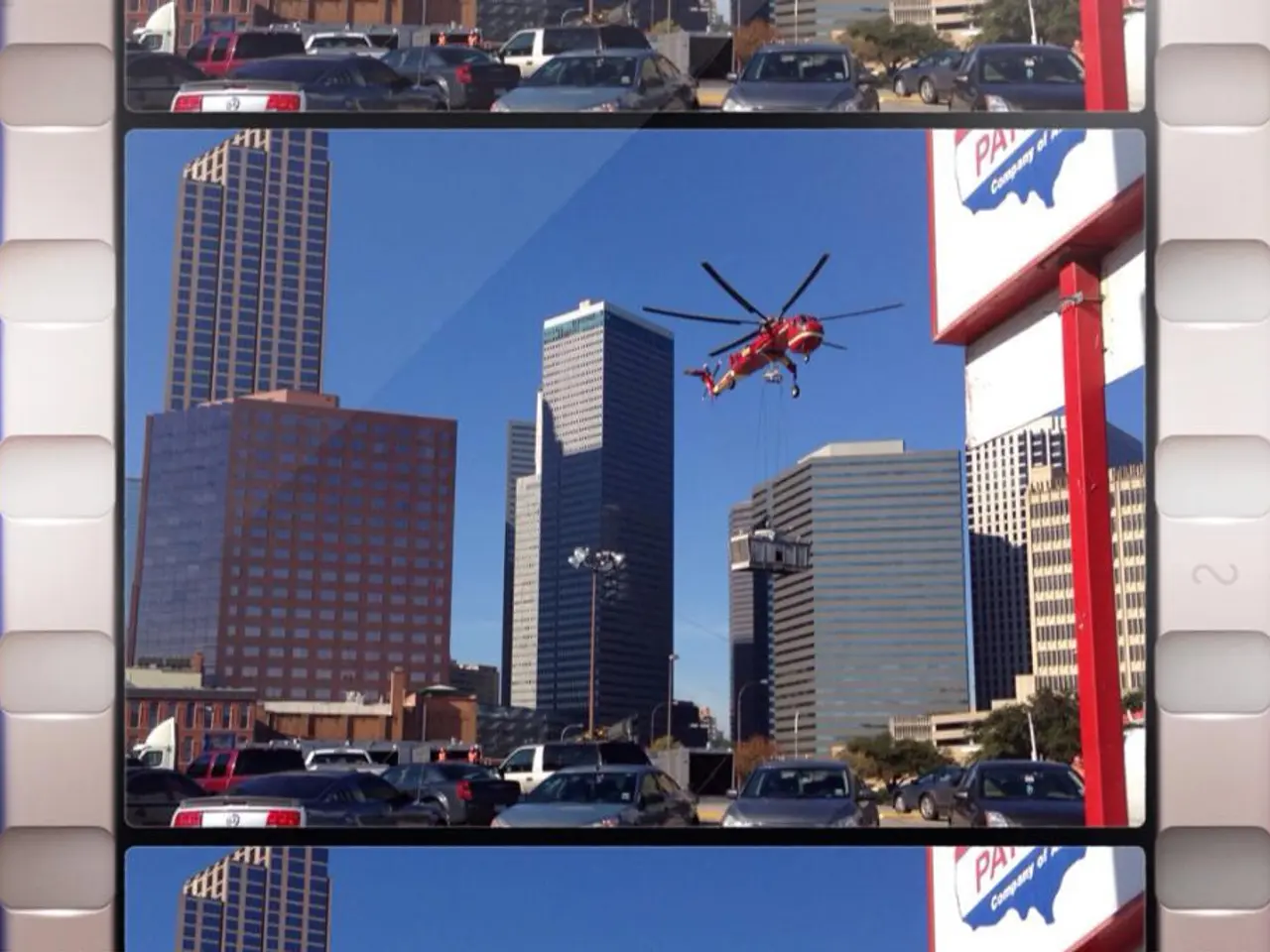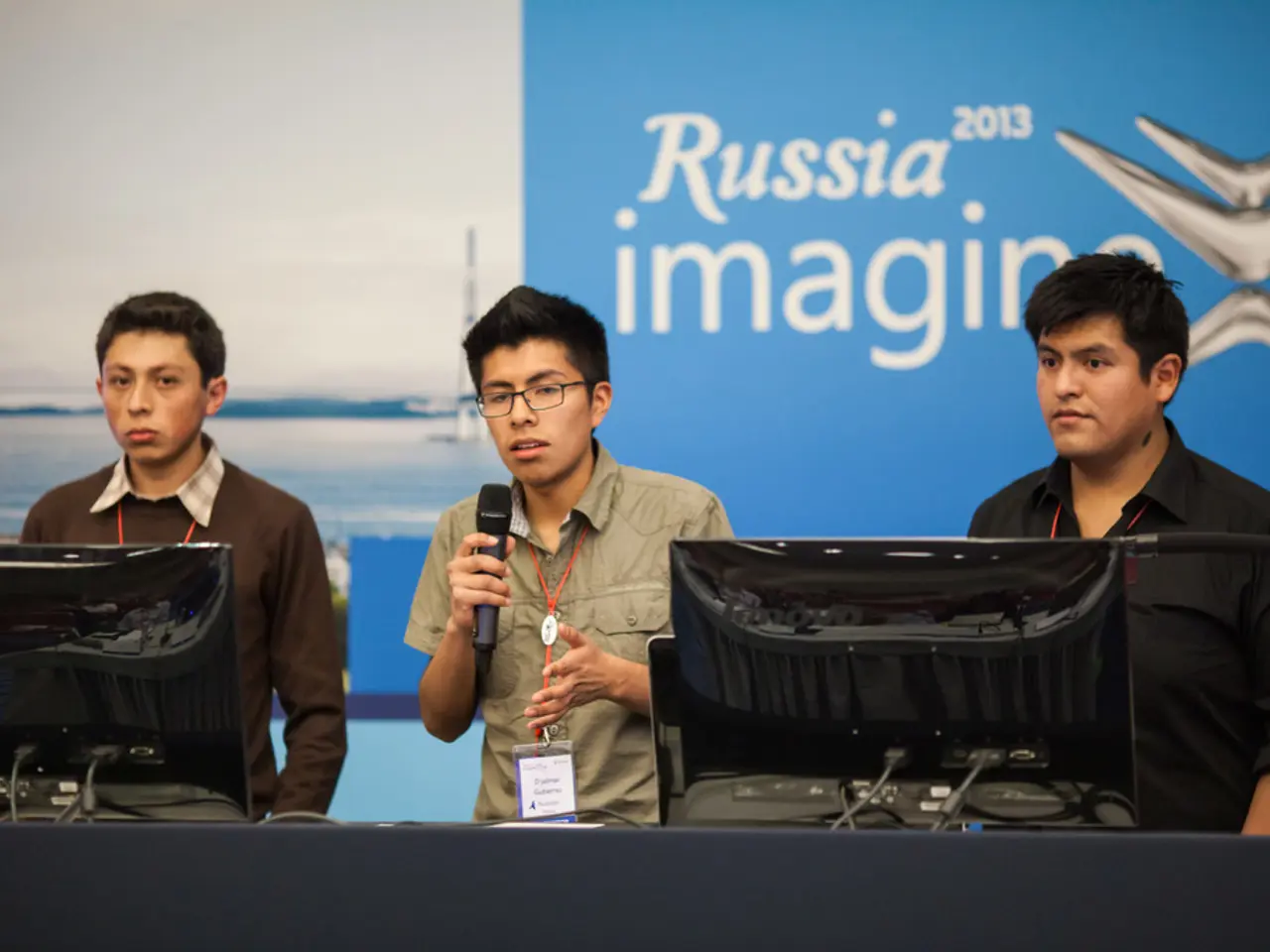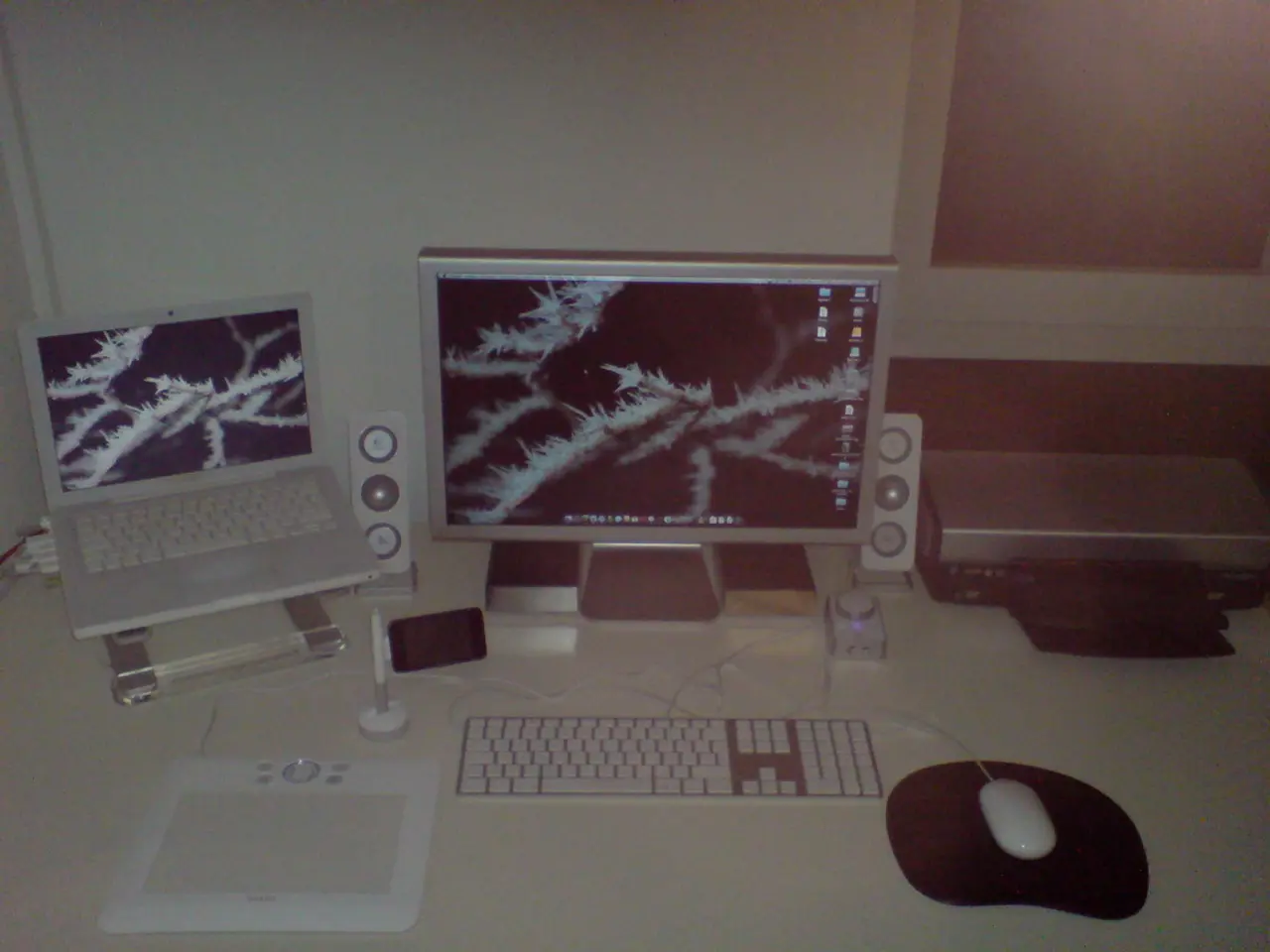Drone's Visual Line of Sight (VLOS) refers to the ability for a human operator to see the aircraft with their own eyes, without relying on any indirect methods such as a camera feed.
For recreational drone pilots, the Federal Aviation Administration (FAA) has set strict guidelines to ensure safety in the national airspace. One of the most crucial rules is the Visual Line of Sight (VLOS) requirement.
According to Section 44809, VLOS requires that the drone is flown within the visual line of sight of the operator or a visual observer co-located and in direct communication with the operator. This means that the drone must always be visible to the pilot or the visual observer without the use of binoculars or any technological aids like walkie-talkies or cell phones.
Recreational drone pilots are not permitted to fly beyond VLOS under any circumstances, and there is no waiver available for recreational drone flights to extend beyond this range. This inherently limits the operational range to the extent of the pilot's or visual observer's line of sight.
In the event that a drone is being operated in First-Person View (FPV), it is the responsibility of the visual observer to maintain VLOS and warn the drone pilot of potential hazards. The visual observer must be standing close enough to the drone pilot to communicate directly without creating a distraction. They must also be able to see the drone without the use of binoculars, and they need to be co-located with the drone pilot.
The FAA states that a visual observer is necessary when a drone is being operated in FPV. This rule is in place for the safety of the national airspace, providing situational awareness of nearby hazards and ensuring the drone does not pose a danger to life or property.
In conclusion, recreational drone pilots must exercise good judgment in determining if they are within VLOS and adhere to the FAA's guidelines to ensure safe and responsible drone operation.
Part 107 of FAA regulations specifies that drone technology must be operated within the Visual Line of Sight (VLOS), and there are no waivers available for recreational drone flights to extend beyond this range.
When operating a drone in First-Person View (FPV), a visual observer is required to maintain VLOS and ensure safety in the national airspace, as stated in the Part 107 guidelines.




